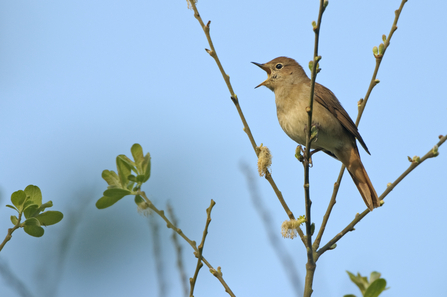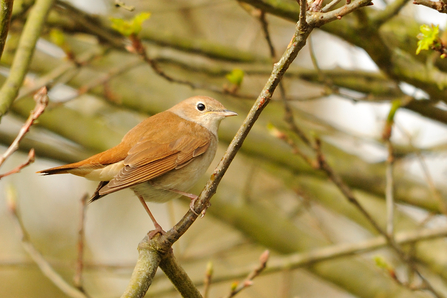There’s one!’ says Charlie, almost as soon as we get out of the car. He looks at me, smiling, one finger aloft. I freeze and listen: surely it can’t be as easy as that? But if one was singing distantly it’s stopped now, and after a moment I zip up my coat, shoulder my binoculars and put on my gloves. We’re at Fingringhoe Wick, near Colchester, on a cold spring evening. Essex Wildlife Trust’s Charlie Oliver has promised me nightingales – my first ever – and while I’m looking forward to hearing them, of course, it’s a complicated feeling. I caught a packed train here from central London after a long day at work and now I’m worried that the sound won’t live up to the hype I’ve been absorbing about them all my life.
We begin to walk up the track. The hawthorn is coming into bloom and the wood to our right is a froth of spring green; the sky is clearing to apricot, the sun low and golden.


